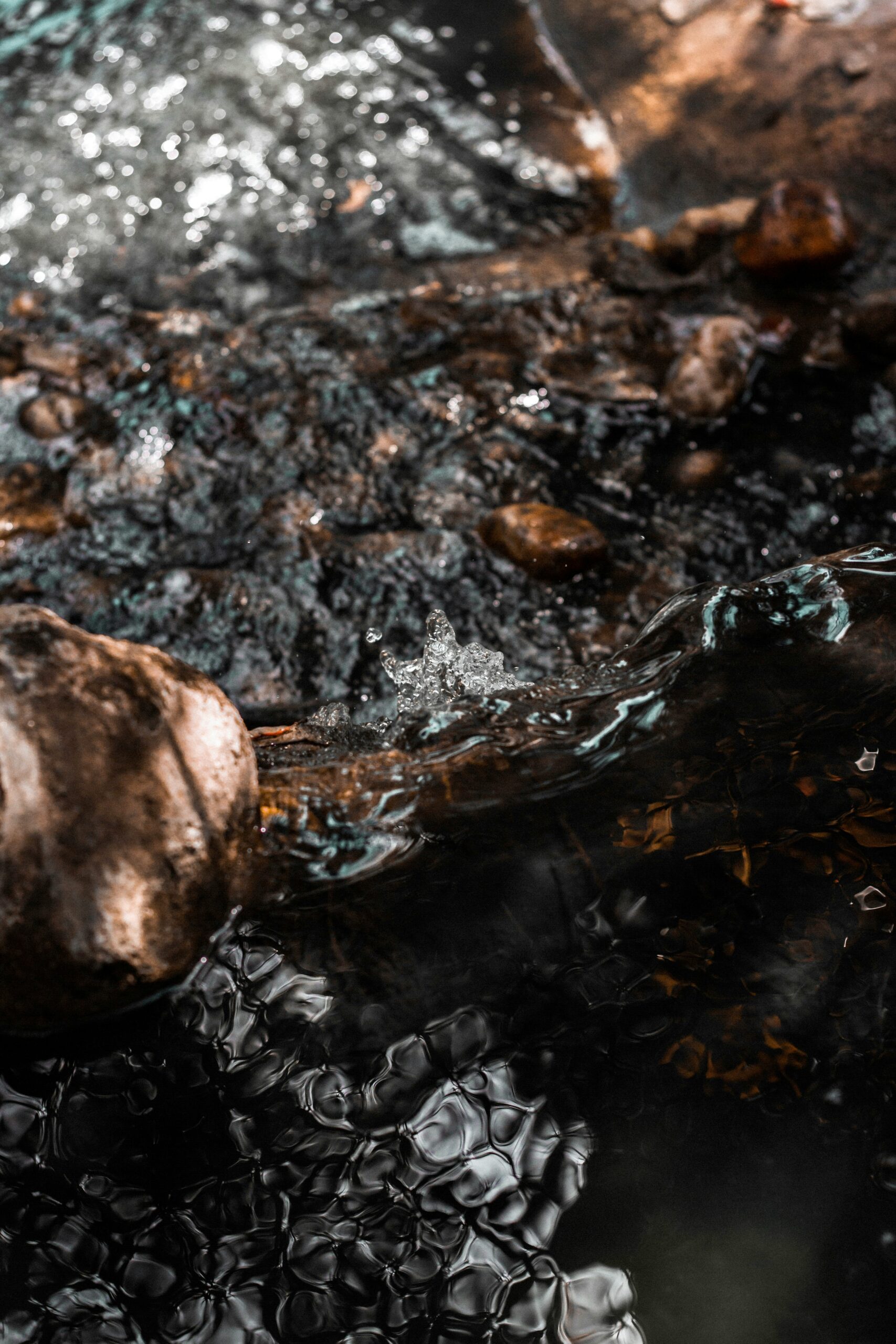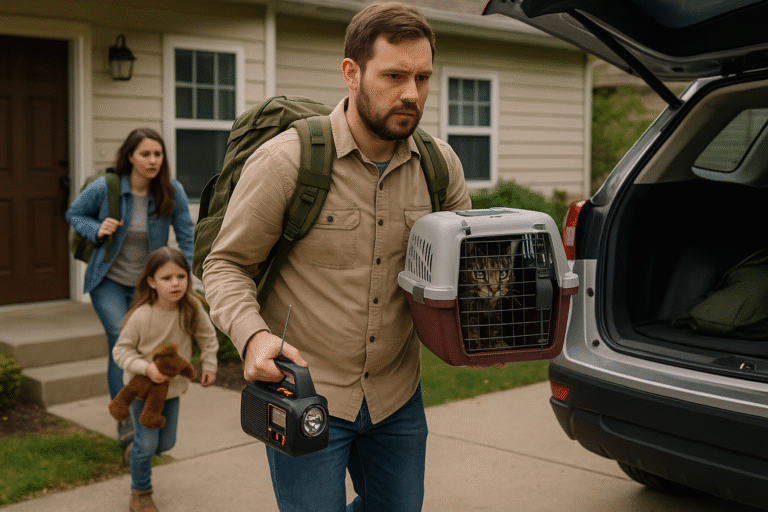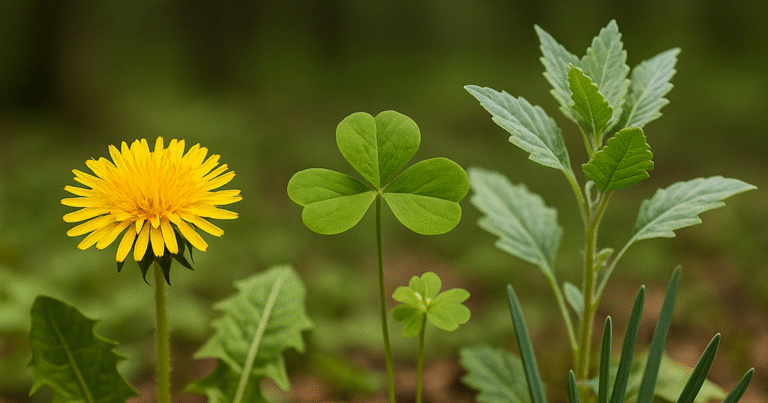How to Purify Water in the Wild Without Boiling It: The Ultimate Survival Guide (2025)
Water is life—especially in survival situations. But boiling water to make it safe isn’t always practical. This comprehensive guide covers everything you need to find, purify, and store water in the wild without boiling. From understanding pathogens and advanced filtration science, to survival scenarios and gear reviews, this ultimate guide arms you with proven skills and expert advice to stay hydrated and healthy off-grid.
This post contains affiliate links. I may earn a small commission at no extra cost to you. Learn more.
Why Purify Water in the Wild?
Drinking untreated water from natural sources exposes you to harmful microorganisms and contaminants. These include bacteria like Escherichia coli, viruses such as norovirus, and protozoan parasites like Giardia lamblia. Additionally, chemical pollutants from agriculture, mining, or industrial runoff can pose serious health risks. Boiling water is the gold standard for killing pathogens, but it requires fuel, equipment, and time—all limited resources in the wild. Without boiling, you must rely on effective alternative purification methods to avoid dehydration and waterborne diseases.
Understanding Waterborne Pathogens
Understanding your enemy—the microorganisms in untreated water—helps select the right purification methods. Bacteria such as E. coli, Salmonella, and Campylobacter range from 0.2 to 2 microns. They reproduce rapidly but are generally sensitive to filtration, chemicals, UV light, and boiling. Symptoms from bacterial infections include diarrhea, vomiting, fever, and cramps.
Viruses, including norovirus and hepatitis A, are much smaller (0.02–0.1 microns) and more resilient. They can survive days or weeks in water and are more difficult to remove via filtration alone, often requiring chemical or UV treatment. Protozoan cysts such as Giardia and Cryptosporidium measure 1 to 15 microns. They can survive months in cold water and resist many chemical treatments, making mechanical filtration or UV purification essential.
Chemical contaminants like heavy metals and pesticides do not get removed by boiling or UV. Activated carbon filters and specialized purification systems are necessary. Since bacteria usually die off within days but protozoan cysts and viruses can persist much longer, combining purification methods is essential.
How to Find Water in the Wild
Finding water is the first step to survival. It requires observation, knowledge of your environment, and patience. Look for lush vegetation such as willows, cottonwoods, or alders—they thrive near water. Bird flight paths at dawn or dusk often lead to water. Insects like mosquitoes and dragonflies indicate nearby water bodies. Listening for the sound of running water or animal activity can also help.
Rivers, streams, and springs are usually safest and easiest to access. Springs often emerge near rocky outcrops or hillsides. Lakes and ponds can hold water but are more susceptible to contamination, so purification is always necessary. Rainwater collected in clean containers is generally safe but can be scarce. Snow and ice must be melted but provide vital hydration.
If you want a reliable and lightweight water filter for backpacking, consider the LifeStraw Personal Water Filter, which requires no batteries or chemicals and is ideal for clear streams.
Advanced Water Collection Techniques
When conventional water sources are scarce, advanced collection methods become invaluable.
Solar Stills: Dig a pit about three feet wide and two feet deep. Place a container in the center to catch condensed water, then cover the pit with clear plastic sheeting, sealing the edges with rocks or soil. Place a small weight in the center to create a dip in the plastic directly above the container. Sunlight heats the pit, causing moisture to evaporate, condense on the plastic, and drip into the container. This can yield small but critical amounts of water daily.
Transpiration Bags: Select a healthy, leafy green branch and cover it tightly with a clear plastic bag, sealing the opening around the stem. Over several hours, moisture from the leaves transpires and collects inside the bag. This is most effective in humid environments.
Dew Harvesting: Early mornings in humid or desert environments bring dew. Use a clean cloth to wipe dew off surfaces, then wring it into a container.
Vegetation Water Harvesting: Certain plants, such as bamboo or vines, store water. Harvesting this water requires knowledge to avoid toxic species.
For an all-in-one chemical purifier that kills viruses, bacteria, and protozoa, try Aquatabs, trusted by survivalists worldwide.
Preparing Water Before Purification
Removing solids and turbidity before purification improves effectiveness and extends gear life. Pre-filter using a cloth or bandana to remove sediment. Let water settle undisturbed for one to two hours to help particulates sink. For improved clarity, you can build improvised filters by layering gravel, sand, and activated charcoal.
Effective Purification Methods Without Boiling
Mechanical Filtration: Filters physically remove pathogens by forcing water through membranes. Microfilters trap bacteria and protozoa but often miss viruses. Ultrafiltration and nanofiltration can remove viruses but are less portable. Popular types include pump filters, gravity filters, and straw-style filters like the LifeStraw. Filters with activated carbon reduce chemicals and improve taste.
Chemical Disinfection: Use chlorine (unscented bleach), chlorine dioxide tablets (like Aquamira), or iodine tablets to kill pathogens. Chlorine dioxide is especially effective against protozoan cysts like Cryptosporidium. Follow contact times of 30 minutes or longer in cold or turbid water.
Ultraviolet (UV) Purification: Portable UV devices emit UV-C light to inactivate pathogen DNA/RNA. They are fast and chemical-free but require clear water and functional batteries. The SteriPEN Adventurer is a popular choice for backpackers.
Solar Disinfection (SODIS): Filling clear PET bottles with water and exposing them to sunlight for six hours combines UV-A radiation and mild heat to kill bacteria and viruses. This method works well in sunny conditions but requires clear water.
Using and Maintaining Your Water Purification Gear
To maximize your gear’s lifespan, clean filters regularly by backflushing with clean water after use. Dry filters completely before storage to prevent mold. Replace cartridges per manufacturer instructions. Avoid freezing filters as this damages membranes.
When using pump filters, fill your water container or scoop water directly, then slowly pump through the filter into a clean container. Avoid sucking directly to extend filter life. For straw filters, sip water directly through the device. Gravity filters allow hands-free purification by hanging the filled reservoir and letting gravity do the work.
For chemical purifiers, always follow manufacturer dosages carefully. Store chemicals dry and sealed. UV devices need fresh batteries and clean bulbs to function well.
Chemical Purification Dosages and Safety Considerations
Use unscented household bleach (5-6% sodium hypochlorite) at about two drops per liter of clear water, doubling for cloudy water. Let it sit for 30 minutes before drinking. Avoid scented or detergent-containing bleach.
Chlorine dioxide tablets typically require one tablet per liter; wait times vary from 30 minutes to 4 hours depending on water conditions.
Iodine tablets require about 5-10 drops per liter but are not recommended for pregnant women, infants, or long-term use due to health concerns.
Maintaining Hygiene Around Water Sources
Camp downstream and away from water to avoid contamination. Avoid washing or bathing directly in streams or lakes. Use biodegradable soaps sparingly and at least 200 feet from water sources. Dispose of human waste far away from water and trails. Wash hands before handling drinking water to prevent cross-contamination.
Adjusting Water Sourcing Strategies for Different Climates
In deserts, focus on collecting rain quickly, harvesting dew, or tapping water-storing plants. Forested areas offer streams, springs, and rain catchment opportunities. Mountain regions provide snowmelt and spring water, while coastal areas may offer freshwater seeps and condensation traps. Cold climates require melting and purifying snow and ice carefully.
Storing and Conserving Water in the Wild
Store purified water in clean, covered containers away from sunlight and contamination. Avoid dipping hands or dirty items into stored water. Conserve water by drinking only what you need and reducing activity during heat. Collect condensation from tents or gear and recycle greywater for hygiene. Hydration packs and collapsible bottles are practical for carrying water on the move.
Frequently Asked Questions
Can I use bottled water in survival situations? Yes, as long as it’s stored properly and not expired.
How much water do I need daily? Generally, 2-3 liters for moderate activity; more in hot climates.
Is boiling water twice safer? Boiling once is enough.
What if my water is muddy? Pre-filter before purifying.
Can plants purify water naturally? Some settle sediments but don’t disinfect.
Final Thoughts
Mastering water sourcing and purification without boiling is vital for survival. Use a combination of observation, collection techniques, and purification methods to stay safe. Equip yourself with trusted gear like the LifeStraw, Aquatabs, or the SteriPEN UV purifier. Practice regularly, prepare thoroughly, and always respect water safety.
Disclosure: Some of the links in this article are affiliate links. This means that if you click on a link and make a purchase, we may earn a small commission at no extra cost to you. We only recommend products we trust and believe will benefit our readers.







